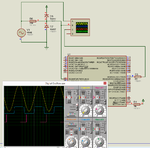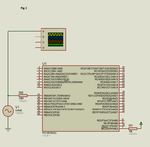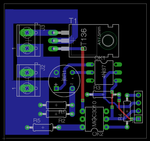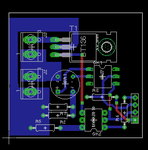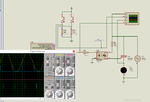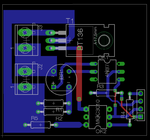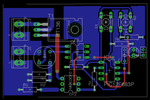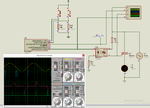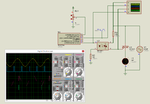milan.rajik
Banned

- Joined
- Apr 1, 2013
- Messages
- 2,524
- Helped
- 540
- Reputation
- 1,078
- Reaction score
- 524
- Trophy points
- 1,393
- Activity points
- 0
@FvM
I have fixed the opto circuit. Here is fixed circuit.
Edit:
Changed the code a little but still not working.
- - - Updated - - -
New code but the buttons not yet working.
I have fixed the opto circuit. Here is fixed circuit.
Edit:
Changed the code a little but still not working.
Code C - [expand]
- - - Updated - - -
New code but the buttons not yet working.
Code C - [expand]
Attachments
Last edited:



